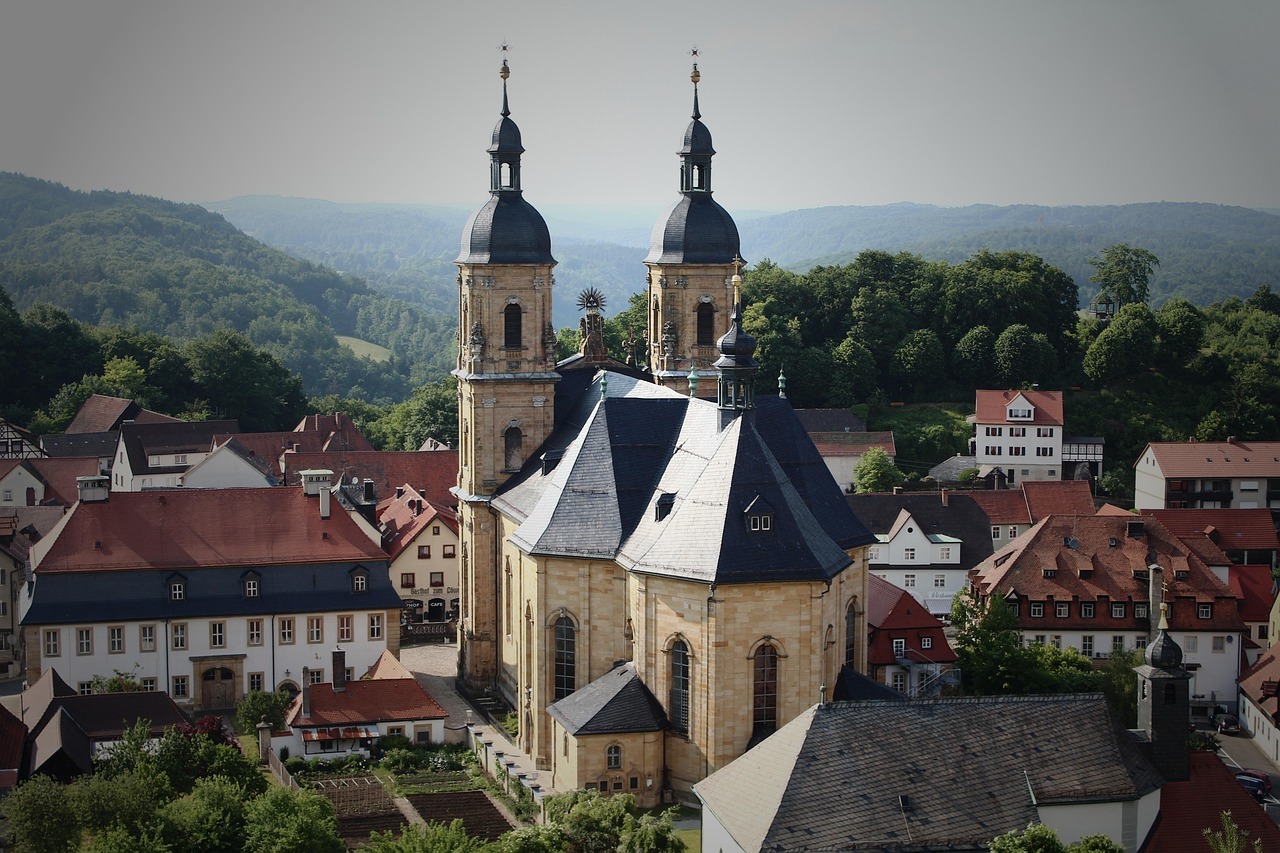For over two thousand years, Christian believers have walked sacred routes across continents—through deserts, mountains, forests, and cities. Today, even in a world of fast travel and digital faith communities, many still choose to walk the ancient pilgrimage paths. But why? What draws modern Christians back to these historic trails?
The answer lies in the timeless human need for spiritual encounter, silence, reflection, and physical expression of faith.
A Physical Journey with Spiritual Meaning
Walking an ancient pilgrimage path is not just about reaching a holy site. It’s about the journey itself—an act of worship through movement. Pilgrimage engages the body, mind, and spirit. Each step becomes a prayer, and each mile a metaphor for life’s trials, repentance, and renewal.
Unlike traditional worship within church walls, pilgrimage offers a moving encounter with God. The road becomes sacred. The land tells stories. The quiet moments invite deep reflection. Many pilgrims report that they experience clarity, healing, and divine presence more profoundly during these walks than anywhere else.
Connecting with Sacred History
Walking an ancient path connects believers with centuries of Christian tradition. Routes like the Camino de Santiago in Spain, the Via Francigena through Italy, or the Jerusalem pilgrimage roads were once walked by saints, monks, and ordinary believers. By following in their footsteps, modern pilgrims step into a living history of devotion.
This historical continuity gives the journey greater depth. Christians today are not just exploring physical landmarks—they’re reliving stories of sacrifice, courage, and unshakable faith. The paths become living catechisms, each mile a chapter in the unfolding story of Christianity.
Time for Silence and Reflection
In today’s fast-paced, hyperconnected world, many long for a deeper inner life. Pilgrimage offers the space and time to unplug, listen, and pray. With each passing day of walking, distractions fall away. There are no deadlines, only distance. No notifications, only nature.
For many, it becomes a retreat—a sacred pause to ask hard questions, grieve, hope, or simply be. It’s not uncommon for pilgrims to carry intentions: for healing, discernment, forgiveness, or gratitude.
A Shared Experience of Faith
Though pilgrimage is personal, it is also deeply communal. Pilgrims from around the world, across languages and cultures, often walk side by side. Shared meals, stories, prayers, and struggles create strong bonds. Many say these connections restore their hope in humanity and remind them of the universal nature of Christian faith.
In this way, pilgrimage builds not just inner strength, but also global Christian unity.
Reviving Forgotten Paths
Today, many ancient pilgrimage routes are being revived. Churches, nonprofits, and organizations like the Sacred Christian Pilgrimage Organization (SCPO) are working to restore these sacred trails, rebuild chapels, and make the pilgrimage experience accessible again.
By supporting these efforts, modern Christians become stewards of a rich spiritual heritage. They help preserve the roads that have guided millions before them—and will inspire generations after.
Why Still Walk? Because God Still Walks With Us
Ultimately, Christians still walk ancient paths because they believe God still meets people along the way. Just as Jesus walked with the disciples on the road to Emmaus, many pilgrims find that God walks beside them too—in the silence, the struggle, the beauty, and the blessing of the journey.
Each ancient step is a fresh opportunity for faith to awaken, grow, and deepen.
Sacred Christian Pilgrimage Organization is a non-profit organization devoted to inspiring spiritual growth through Christian pilgrimage. We create content to guide and support individuals on meaningful journeys of faith.





